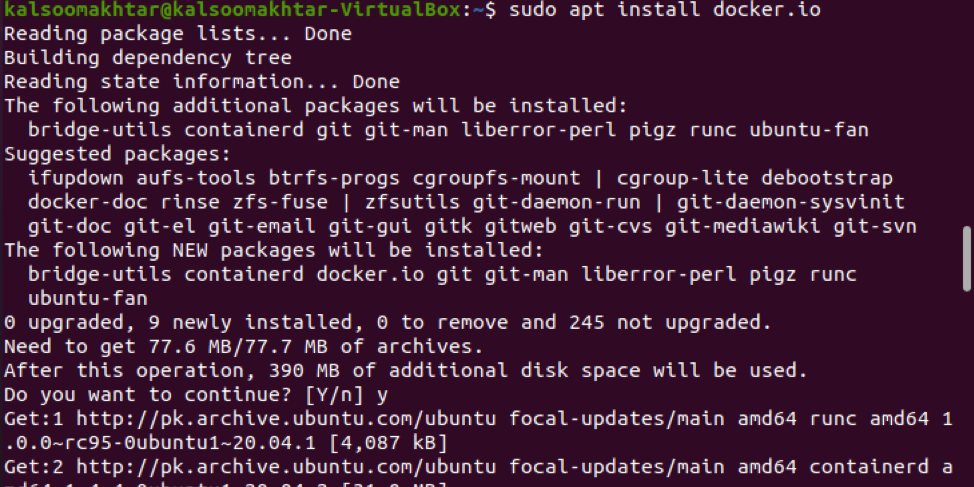
- #Docker for mac environment variables how to
- #Docker for mac environment variables install
- #Docker for mac environment variables Pc
- #Docker for mac environment variables download
Python is probably already installed on your system. READ: What is the default minimum size of an Auto Scaling group? How do I make sure Python is installed? To run Python scripts with the python command, you need to open a command-line and type in the word python, or python3 if you have both versions, followed by the path to your script, just like this: $ python3 hello.py Hello World! They are generally set by the operating system and the current user-specific configurations. In the System variables section, selecting the Path variable and clicking on Edit.Įnvironment variables is the set of key-value pairs for the current user environment.Clicking on the Environment Variables button on the bottom right.Clicking on the Advanced system settings in the menu on the left.
#Docker for mac environment variables Pc
#Docker for mac environment variables install

Using the sliders, you can adjust the hardware resources available to Docker Desktop.

The Advanced section contains the configuration for the hardware resources used by Docker Desktop.

Select the Resources menu heading and click on ADVANCED. In the Preferences screen, you’ll have various sections containing items to customize the behavior of Docker. Opening the Settings dialog of Docker Desktop for Mac Homebrew will automatically find the latest version.
#Docker for mac environment variables download
This command tells Homebrew to download and install the package called docker. Open the macOS terminal and run the following command.

#Docker for mac environment variables how to
Let’s first cover how to install the Docker Engine.ġ. You can either install just the Docker engine or install Docker Desktop. The Homebrew package manager for macOS offers two ways to install Docker. Before starting, be sure you’ve installed Homebrew. This tutorial will use macOS Big Sur, version 11.5.1.Įven though you can install Docker many different ways, if you’re on macOS, the Homebrew package manager is probably the easiest. If you’d like to follow along, be sure you have the following: This tutorial will be a hands-on demonstration.


 0 kommentar(er)
0 kommentar(er)
